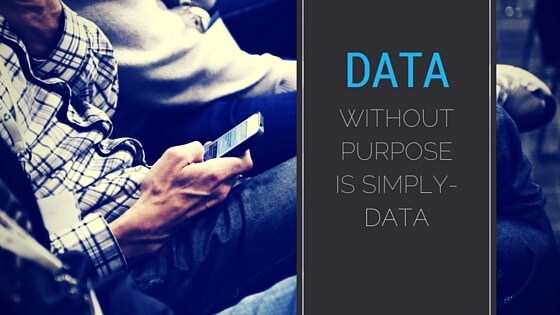We heard a lot during the 2015 IBM Insight Conference about Big Data and obtaining insights from that data. A phrase that stuck with me on the very first day was ” data without purpose is simply – data”.Data is around us everywhere, being generated at increasing rates. The Internet of Things (IoT) promises to turn this into an avalanche with seemingly endless bits of data coming at us from every angle. But with all of this data, we still need to pause to consider how we extract meaning from it all. As stated, data without purpose is simply – data.
Data is around us everywhere, being generated at increasing rates. The Internet of Things (IoT) promises to turn this into an avalanche with seemingly endless bits of data coming at us from every angle. But with all of this data, we still need to pause to consider how we extract meaning from it all. As stated, data without purpose is simply – data.
For example, during IBM’s Insight Conference, Boeing described how they create enough data to fill the Library of Congress every 15 minutes! No doubt these mechanical birds that fly millions of passengers around the globe are heavily equipped with the latest technology. If something is amiss, the ground crew has the ability to not only detected the problem while still in flight, have time to get the replacement part, but also have the maintenance crew ready to start repairs as soon as the plane pulls up to the gate. Boeing is a great example of giving purpose to data!
But what’s important to understand here is the engineering models used to design and monitor the aircraft are what determine a particular reading is outside the norm. Utilizing predictive models help determine the likelihood that it could lead to a failure and predetermined business rules outline how the maintenance crew will respond.
Without a properly defined model, it’s difficult to put meaning to the data or even to know what to collect and how to respond. Understanding what customers want to achieve – their positive outcomes – should drive data collection and what models we should apply. If we first understand these outcomes, we have a better chance of building and monitoring processes that deliver these results. Like the plane at the gate, that all gets us where we need to go!
Are you utilizing your data to its fullest potential or is your data- just data?

